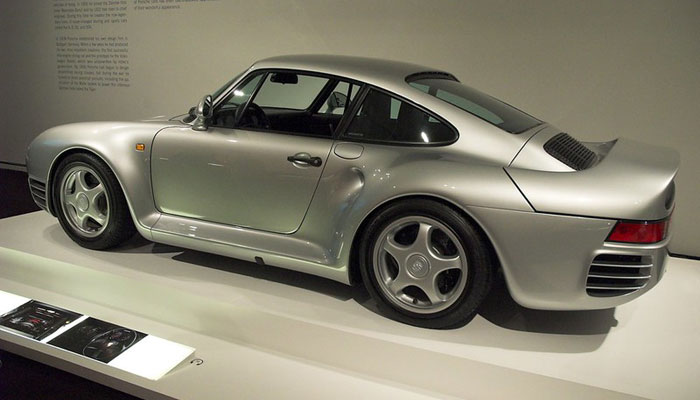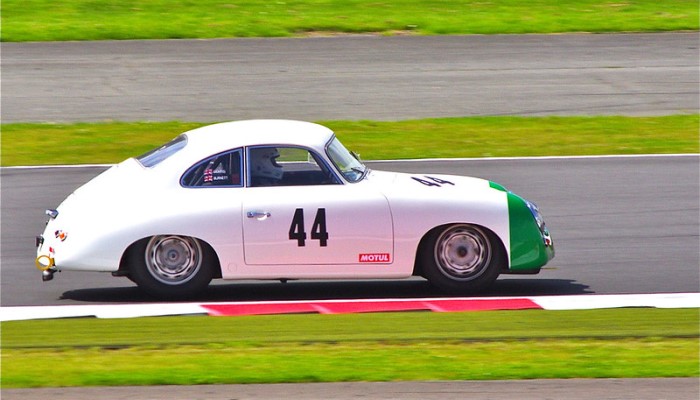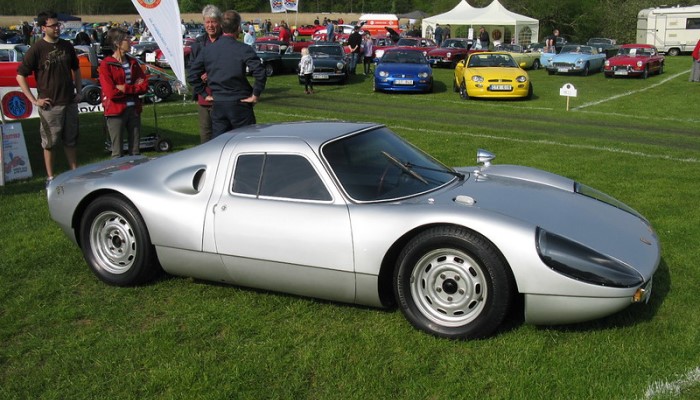Porsche 928
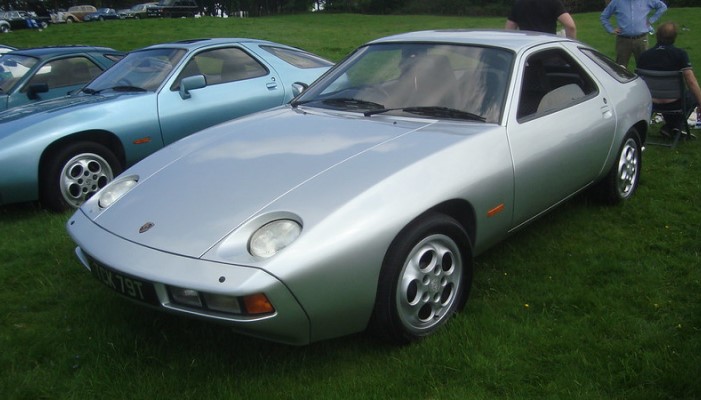
Photo: "1978 Porsche 928 4.5 V8" by kieranwhite599
Answer to a Problem That Never Arose
The Porsche 928 was the automaker's answer to a problem that, actually, never arose.
In the early 1970s, Porsche president Ernst Fuhrmann and his colleagues began to think about the future of the company if sales of the famous 911 model, which was then in its tenth year of production, unexpectedly fell without plans for a successor.
The company had been in a similar situation before, and Fuhrmann compared the then-position with the 356 model, which had a lifespan of "only" 15 years.
The Strange 1970s
This period was also quite difficult for car companies. The 1970s brought new emissions and safety standards for the first time, especially in the US market, where half of Porsche's sales went, so it was believed that the rear-engined, air-cooled 911 concept would not be available to outlast the competition for much longer.
The aforementioned reasons forced Porsche to start thinking about the successor to the 911, which should ensure the quality and performance of earlier Porsche models, but also exceed all the latest standards in the future.
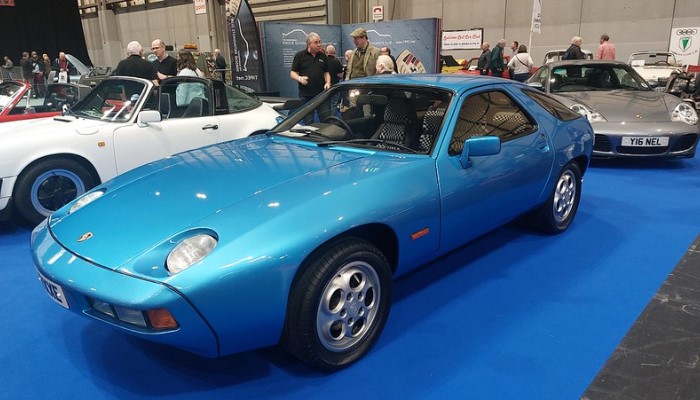
Photo: "1979 Porsche 928 4.5 V8" by kieranwhite599
This meant that the engine had to be mounted forward and be water-cooled—a technology that was heralded as the future of Porsche. The new car had to be more comfortable and luxurious than its predecessor, and it also had to have a better finish to compete against Mercedes and BMW.
And finally, the car had to have an "immortal" design, as in the case of the 911, since Porsche planned the life of this model for a minimum of ten years without major changes.
At that moment, Porsche had only three models in its history: the 356, 911, and 914, and each of them was made in cooperation with Volkswagen or based on already existing projects of the largest German car company.
Presentation to the Public
By 1973, Porsche had decided that this car would be powered by a larger V8 engine with water cooling and would also have ILS suspension, disc brakes, and an evenly distributed weight. Although Porsche traditionally presented most new models at the Frankfurt Motor Show, the all-new 928 was presented to the public at the Geneva Motor Show in March 1977.
Porsche chose the mentioned Motor Show because the first serial Porsche, model 356, was presented 28 years earlier right there. The audience was amazed to see this car as something completely new.
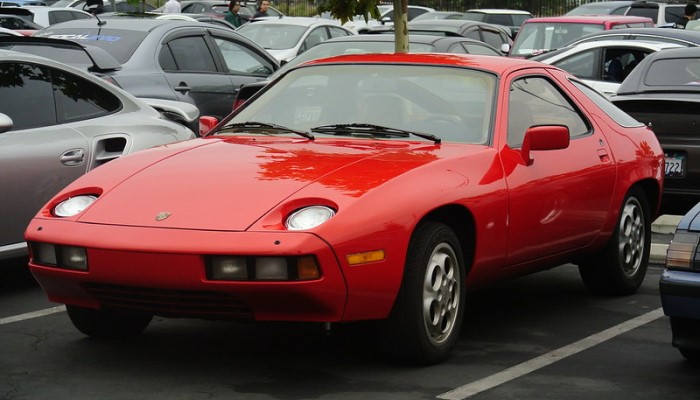
It was a 2+2 hatchback coupe that was very similar to the main American competitor, the Chevrolet Corvette. However, although the two cars were quite similar, the 928 was significantly lighter (1,440 kg vs. 1,575 kg) and offered a more exclusive interior.
Engine and Performance
As with most models from the company, aerodynamics and safety measures played a big role. The engine, the size of a 275 cid (4.5L) V8, was located in the front and developed 240 hp in Europe, while the American model had "only" 219 hp due to stricter exhaust laws.
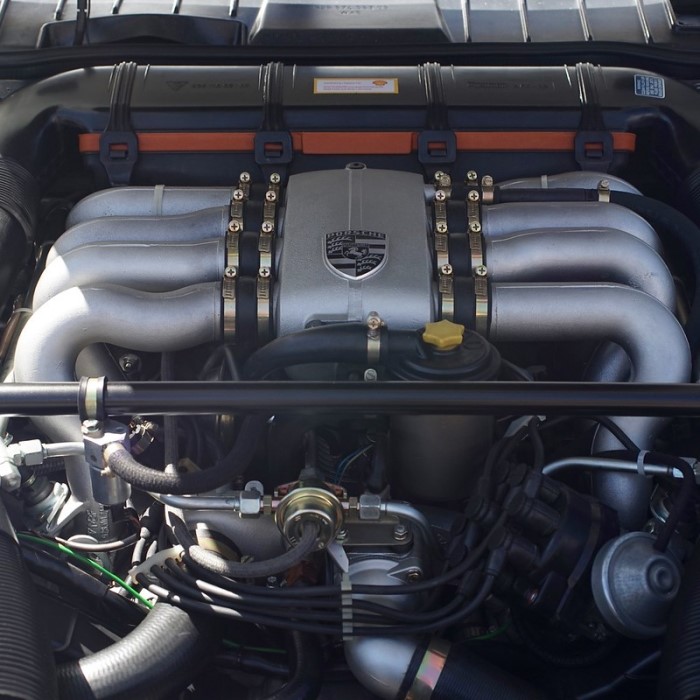
Photo: "Porsche 928 Engine" by smaedli
The weight was distributed 51/49, which gave this car sporty performance and road behavior. The standard transmission was an all-new five-speed manual that was done in a similar style to the 911, while the only other option was Daimler's three-speed automatic.
What distinguished the 928 from the competition was the suspension, with which the customer received an excellent combination of a sports car that was as comfortable and luxurious as the most expensive Mercedes.
The performance was also enviable. The 928 could accelerate to 100 kph (62 mph) in just 7 seconds and reach a maximum speed of 230 kph (143 mph).
Engine Specs
| Engine Type | V8 |
| Layout | Front engine, RWD |
| Displacement | 275 cid (4.5 L) |
| Power | 240 hp |
| Torque | 363 Nm |
| Power/Weight | 162 hp / Tone |
Performance
| 0-100 kph (0-62 mph) | 6,9 s |
| 0-160 kph (0-100 mph) | 17,2 s |
| 1/4 mile | 15,3 s |
| Top Speed | 143 mph (230 kph) |
Despite the high price, which was as much as $28,000, journalists and buyers did not hide their enthusiasm, and sales started quite promisingly.
Already in its first year, the 928 was named European Car of the Year despite strong competition from the all-new BMW 7-Series and Ford Granada, making this car the first sports car to receive this award.
Model 928S
For 1979, Porsche also offered European customers the 928S model, which had a maximum of 300 hp and, with several aerodynamic changes, such as a new bumper and a small spoiler, could reach 100 kph (62 mph) in just 6.5 seconds.
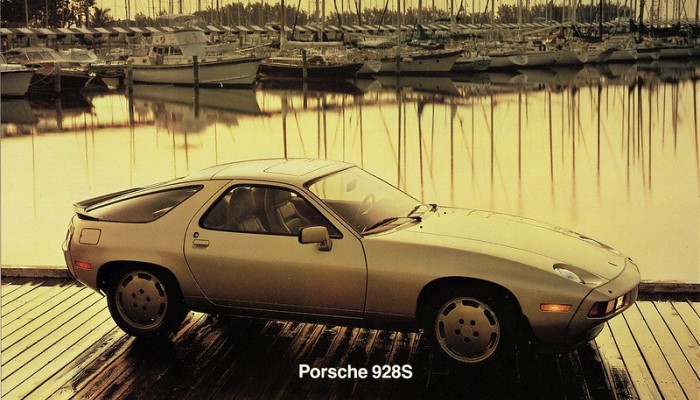
Photo: "Porsche 928S, 1982" by aldenjewell
The American AutoCar magazine had the opportunity to test this car and concluded that, at that moment, there was no better choice if you wanted to combine the performance of the 911 with the comfort and elegance of the Jaguar XJ-S.
Development in the 1980s
In the next few years, the 928 did not change significantly, with the exception of a new engine. Sales went according to expectations, although by 1980 the price had risen to as much as $38,000, and solid results were also achieved in auto sports.
This especially applies to endurance races such as the 24 hours of Daytona and Le Mans, and excellent results were also achieved in acceleration tests at the famous Bonneville. In the year mentioned, the public was presented with a new 284 cid (4.7L) V8 engine that developed 300 hp and also had a higher torque compared to the 4.5L engine, and in 1982, a new four-speed automatic transmission was offered.
In 1985, the 305 cid (5.0L) V8 engine with 306 hp debuted, which was more efficient and economical, and the 928 already began to make a significant difference in performance compared to the Corvette and Italian rivals, and for the first time, ABS came as part of the standard equipment.
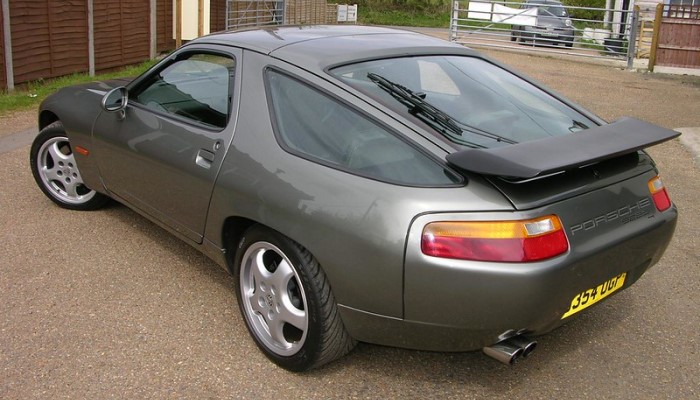
Photo: "1987 Porsche 928 S4" by TheCarSpy
Car & Driver magazine had the opportunity to test the 1985 928 and recorded acceleration to 100 kph (62 mph) in 5.7 seconds with a top speed of 155 mph (250 kph). By the late 1980s, Porsche continued to upgrade the 928 with higher performance and more luxurious equipment, pushing the price up to $75,000.
1990s and End of Production
At the beginning of the 1990s, Porsche introduced a new 330 cid (5.4L) V8 engine that developed 345 hp in the desire to compete with new rivals from Europe, Japan, and America, but even with the new 928 engine, it did not manage to hide its age.
By the mid-1990s, sales had fallen significantly in all world markets, and were particularly hurt in North America, where only 77 units were sold in 1995.
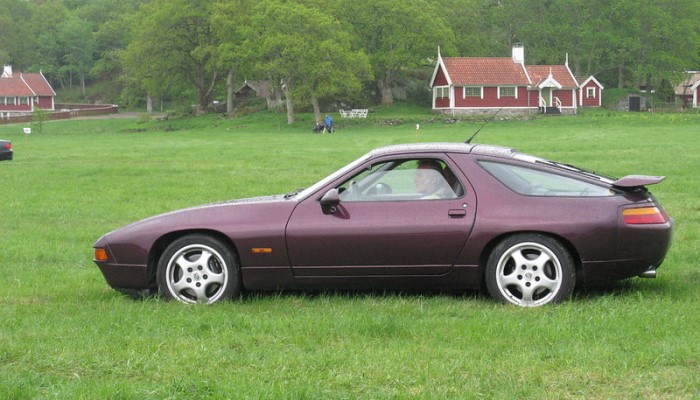
Photo: "Porsche 928 GTS" by nakhon100
The 928 was quietly discontinued after that year without a direct replacement, and it is interesting that during its long history it was the only Porsche GT car and the only Porsche with a V8 engine up front until the presentation of the SUV Cayenne in 2002.
During its 18-year history, a total of 66,000 928s left the Porsche factory in Stuttgart. At the very beginning, the collector's examples were those made in smaller copies with more powerful engines, but as time went by, most of the 928s got the status of collector's cars.
The Current Porsche 928 Price Range
Over the years, the price range for a Porsche 928 has varied depending on factors such as model year, condition, mileage, and special features. Currently, the price range for a Porsche 928 can vary widely, with some models selling for as low as $3,000 to upwards of $100,000 or more for well-maintained, low-mileage base model examples.
One of the main factors that affect the price range of a Porsche 928 is the model year. Older models from the late 1970s and early 1980s tend to be less expensive than later models from the 1990s, as they may have higher mileage, fewer modern amenities, and potentially more wear and tear.
However, well-maintained early models can still command a higher price, especially if they have been restored or modified with aftermarket upgrades.
Another factor that influences the price range of a Porsche 928 is the condition of the vehicle. Cars that have been well cared for, regularly serviced, and stored properly are likely to fetch a higher price than those that have been neglected, poorly maintained, or have significant cosmetic or mechanical issues.
Buyers should always inspect a potential purchase in person, or have a pre-purchase inspection done by a qualified technician, to ensure they are getting a good value for their money.
Mileage is another important factor to consider when determining the price range of a Porsche 928. Generally, lower mileage examples will command a higher price than higher mileage ones, as they are likely to have less wear and tear on the engine, transmission, suspension, and other components.
However, it is important to remember that even a high-mileage Porsche 928 can still be a reliable and enjoyable car to drive, as long as it has been properly maintained.
Special features and options can also influence the price range of a Porsche 928. Cars that are equipped with rare or desirable options, such as a manual transmission, limited-slip differential, sport suspension, upgraded audio system, or special paint or interior colors, are likely to command a premium over more basic models. Collectors and enthusiasts often seek out these special features, and are willing to pay more for them.

Unique Car Zone Team
A group of several fans of everything that moves on four wheels, a few article creators, a couple of marketing strategists, designers, web developers, and lots of coffee.




